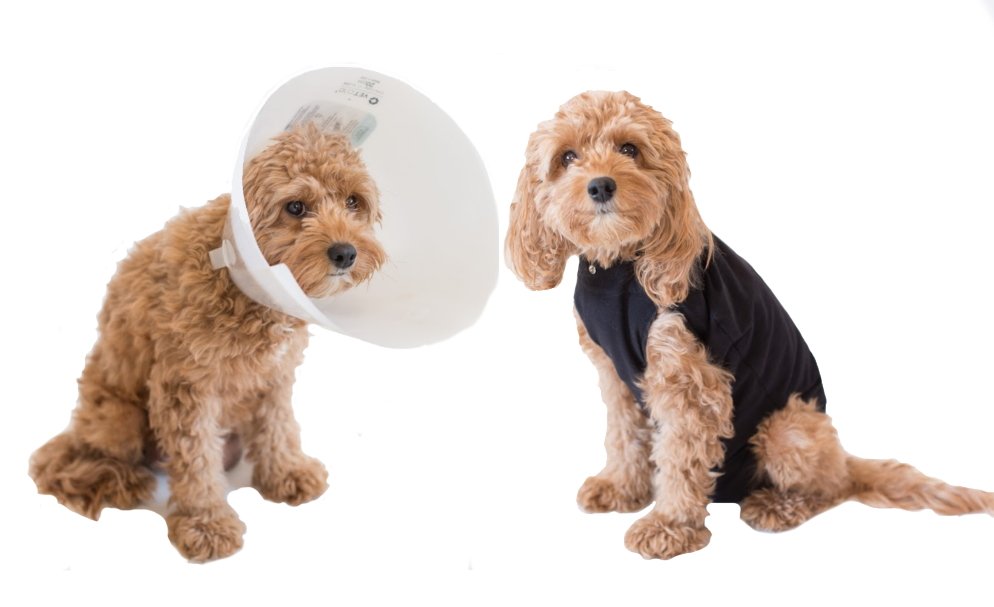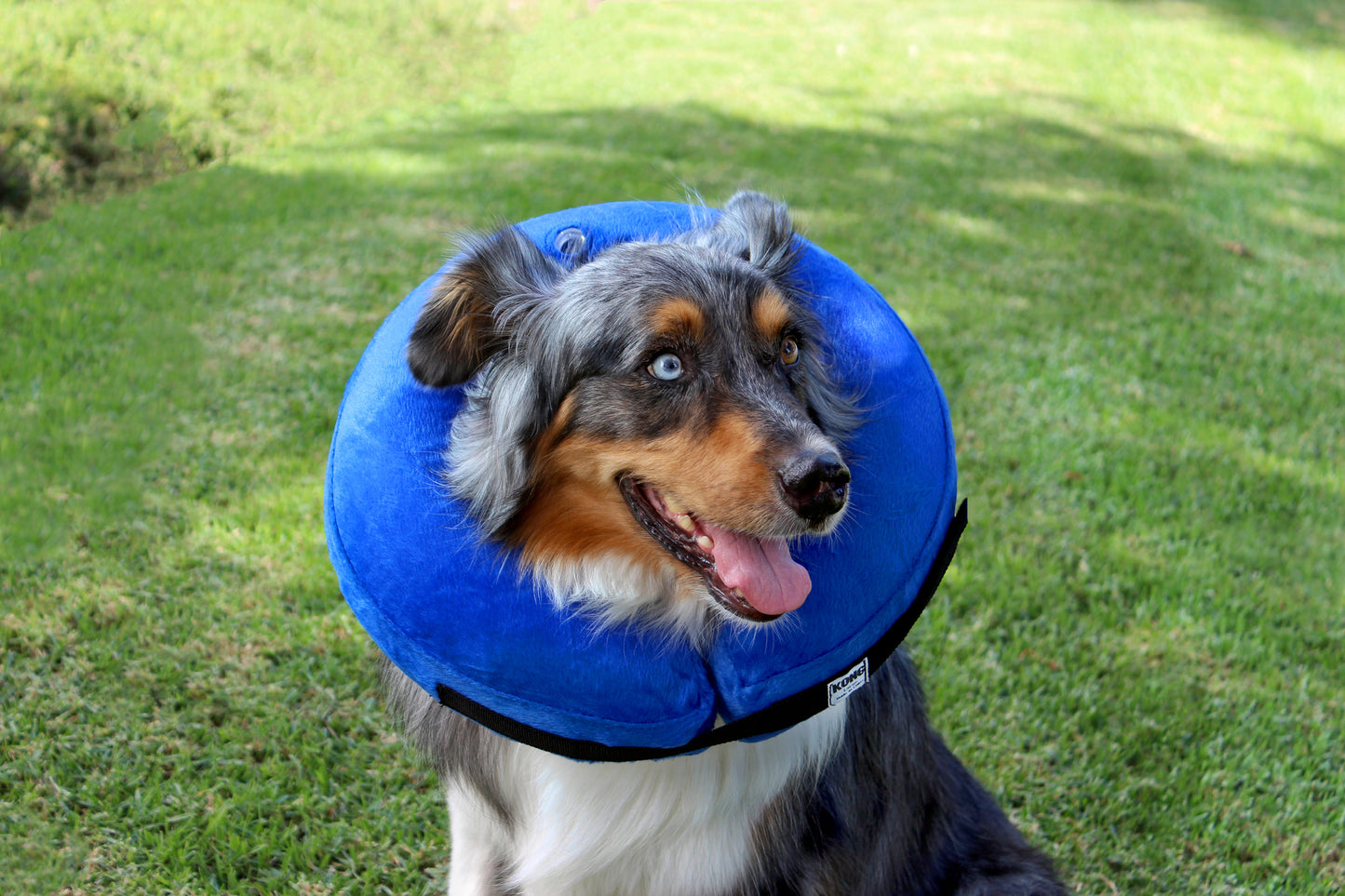Yes, if your dog can still reach its incision with a cone on, it may need a larger or more secure cone. Introducing a cone to your dog can be an effective way to prevent it from licking or biting its incision.
However, if your dog can still reach the area despite wearing a cone, it may need a larger size or a cone with a more secure fit. It’s crucial to ensure that the cone is appropriately fitted to prevent your dog from accessing its incision, as licking or biting can lead to complications and slow down the healing process.
You may need to consult with your veterinarian to find the most suitable cone for your dog’s needs.
Understanding The Challenges Of Using A Cone For Your Dog’s Incision Recovery
Using a cone for your dog’s incision recovery can present challenges. The purpose of the cone is to prevent your dog from reaching its incision. However, it can also cause discomfort and frustration for your furry friend. Despite the cone, some dogs are still able to reach their incisions.
This can be due to various factors, such as the size or shape of the cone, or the dog’s determination to reach the area. It’s important to understand these challenges and find ways to ensure your dog’s incision remains protected and heals properly.
Factors That Contribute To A Dog’s Ability To Reach Its Incision
Factors that contribute to a dog’s ability to reach its incision include the length of its snout and their body flexibility. Another important factor is the size and flexibility of the cone that is used to prevent them from reaching the incision.
The cone should be properly secured to ensure that the dog cannot remove it easily. However, some dogs are determined and adaptable, finding ways to maneuver around the cone or remove it altogether. In such cases, additional measures may need to be taken to prevent the dog from reaching its incision.
It is crucial to understand these factors when choosing a cone for a dog’s post-surgery care to ensure the incision heals properly.
Common Signs That Indicate Your Dog Is Reaching Its Incision
Dogs can be quite persistent in reaching their incisions despite wearing a cone. It’s essential to watch out for signs indicating this behavior. If your dog often tries to lick or bite the incision area, it’s a clear indication of their persistence.
Furthermore, keep an eye out for redness, swelling, or irritation around the incision site, as this could be a result of their attempts. Increased discomfort or pain is another sign that your dog is reaching its incision despite the cone.
Lastly, torn or damaged bandages or sutures can indicate their determination to reach the area. Be vigilant and take appropriate measures to prevent any complications that may arise from your dog’s persistent efforts.

Credit: thebellyguard.com
Proper Fitting And Placement Of The Cone
Proper fitting and placement of the cone are crucial to ensure that your dog cannot reach the incision. First, make sure the cone is the correct size and length for your dog’s neck. Adjust the cone to prevent slipping or rotating by tightening or loosening the straps accordingly.
Position the cone in a way that covers the entire incision area, including any bandages or stitches. This will prevent your dog from licking or biting the wound, promoting proper healing. Regularly check the cone to ensure it remains securely in place and doesn’t get twisted or shifted.
With the right fitting and placement of the cone, you can effectively protect your dog’s incision and promote a speedy recovery.
Alternative Solutions To Cones
When it comes to finding alternative solutions to traditional cones, inflatable neck pillows or collars are a viable option. These pillows provide comfort and flexibility for dogs during their recovery. Additionally, fabric cones offer a more comfortable alternative, allowing pets to move around with ease.
For some dogs, custom-made protective clothing or bandages may be the answer. These alternatives not only prevent dogs from reaching their incisions but also provide them with added comfort during their healing process. Overall, it’s important to explore options that prioritize your dog’s comfort while ensuring that they are unable to reach their incision site.
By considering these alternative solutions, you can provide your dog with a more comfortable recovery experience that promotes their well-being.
Behavioral Techniques To Deter Behavior
Training exercises that redirect focus away from the incision can be effective. Positive reinforcement and distraction techniques can help redirect the dog’s attention and discourage it from reaching the incision site. By rewarding desired behaviors and providing engaging distractions, such as puzzle toys or interactive games, you can keep your dog’s mind occupied and away from the incision.
Environmental modifications can also be made to limit access to the incision. For example, using baby gates or creating a separate room or area for your dog can help prevent them from reaching the incision. Ensuring that the cone is properly fitted and secure can also play a crucial role in preventing the dog from reaching the incision.
With consistent training and environmental modifications, your dog can be deterred from reaching their incision and promote a healthy recovery process.
Recognizing When Additional Measures Are Necessary
When your dog continues to attempt to reach their incision despite preventive measures, it may be necessary to take additional actions. One sign that warrants attention is if the incision shows signs of infection or complications. Another crucial indicator is if your dog exhibits excessive discomfort or pain that affects their overall well-being.
It’s important to address these concerns promptly. Additionally, if you have any uncertainties or worries about the healing process, it’s best to consult your veterinarian for guidance. Remember to stay proactive and observant throughout your dog’s recovery to ensure the best possible outcome for their health.
What Should I Do If My Dog Can Still Reach Its Incision Even with a Cone?
If your dog can still reach its incision even with a cone, consider alternative options to protect the area. One solution is to use an inflatable collar that provides a wider barrier. Another option is securing a baby onesie or a specialized surgical suit to keep the incision covered. Prioritize your pet’s well-being and ensure a smooth recovery to provide a good life for your dog.
Consulting With Your Veterinarian
Consulting with your veterinarian is crucial when it comes to dealing with challenges related to your dog’s cone. Discussing the difficulties you’re facing with the cone can lead to exploring alternative solutions or modifications. Seeking guidance on behavioral techniques and additional strategies can also be beneficial.
Regularly following up on the progress of the incision recovery is important for your dog’s well-being. By working closely with your veterinarian, you can address any issues that arise and ensure the proper healing of your dog’s incision.
Is Coryxkenshin’s Dog Okay?
Fans of Coryxkenshin have been wondering about his dog’s disappearance. Many are concerned and hoping for an update on Coryxkenshin’s dog. It’s important to support him during this time and keep an eye out for any updates regarding Coryxkenshin’s dog disappearance.
Conclusion
It’s important to remember that dogs can be quite crafty when it comes to finding ways around their cones. If your dog can still reach their incision despite wearing a cone, there are a few steps you can take to address the issue.
Firstly, ensure the cone is fitted properly and snugly around the neck to prevent any gaps. Additionally, monitoring your dog closely and redirecting their attention away from their incision can help deter them from reaching it. Providing mental stimulation and engaging activities can keep them occupied and less focused on their cone.
If the problem persists, consulting with your veterinarian for alternative solutions, such as using an inflatable collar or exploring other options to protect the incision, may be necessary. By being proactive and attentive to your dog’s behavior, you can help ensure their recovery process goes smoothly and without any complications.
